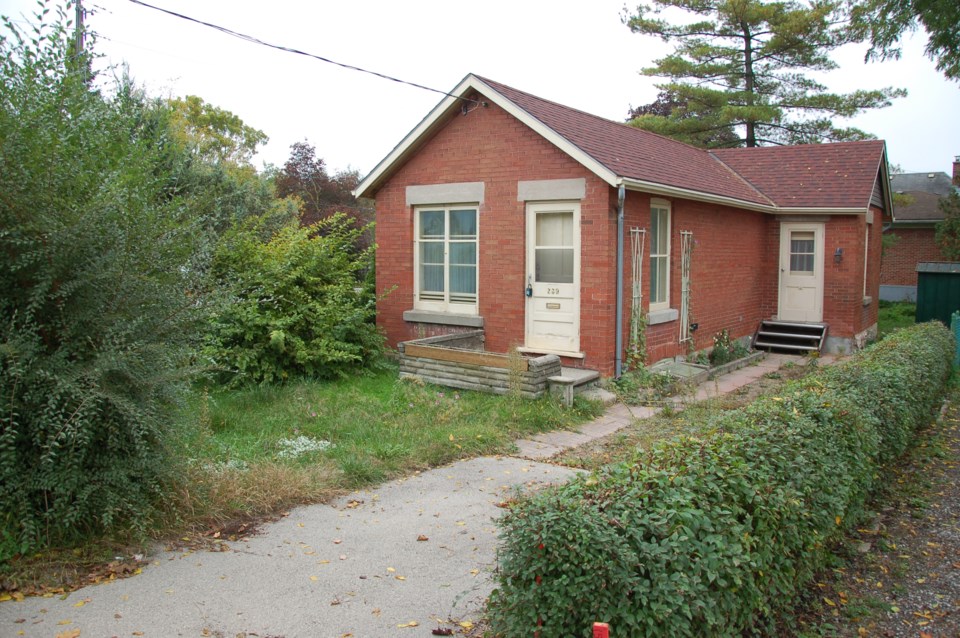Rather than approve the demolition of a house in The Ward, as recommended by city staff, council decided to start the process of having it designated as a protected heritage property at the urging of Heritage Guelph.
“I’m very concerned … we as a city are losing our reputation as a corporation that values our architectural heritage,” said Coun. James Gordon during Tuesday’s council planning meeting, in reference to “events that have taken place as of late” – something he later confirmed to GuelphToday was in regard to council’s controversial demolition approval of 797 Victoria Rd. N.
“Our city has a feel and a look to it. It’s architectural heritage is well known and well appreciated, so it is an economic driver, it’s what draws people to an area.”
The motion to provide notice of intent to designate passed by the narrowest of margins, 7-6. In favour were councillors Leanne Caron, Phil Allt, Mike Salisbury, June Hofland, Cathy Downer, Bob Bell and Gordon.
“I think it’s a good candidate for renovation, not demolition,” said Bell of the home at 239 Elizabeth St.
Fellow Ward 1 councillor Dan Gibson proposed the demolition go ahead. That motion failed by the same margin, with votes split along the same lines.
The owner of 239 Elizabeth St. applied for a permit to tear down the one-storey building, with plans to replace it with a three-storey structure, city staff told council.
“It’s not green to demolish buildings, it’s waste,” said Downer, after discussion of the proposed new home turned to modern environmental and energy use standards versus what’s in place now.
Currently, the property isn’t on the city’s register of cultural heritage properties or designated for protection under the Ontario Heritage Act. However, it is included in the city’s architectural inventory, known as the Couling inventory (created in the 1970s, it identifies buildings constructed in the city prior to 1927).
As it’s on that inventory list, the demolition request was forwarded to Heritage Guelph for comment on Sept. 13. At that time the advisory committee passed a motion calling on city council to consider the property for designation under Part IV of the Ontario Heritage Act, which comes with additional layers of protection for heritage features.
Heritage Guelph chair Brian P. Skerrett told council the property meets “several” of the criteria for designation, while only one is needed. Asked to provide examples of those criteria, he said it’s a representative example of architecture of its time, is “unique” within the city, it supports the character of the neighbourhood and acts as a “de facto landmark” because it’s a corner property (located on the southwest corner of the intersection of Elizabeth and Stevenson streets.
City heritage staff disagree it meets any of the criteria for designation.
“Staff completed a review of the property and is of the opinion that although 239 Elizabeth Street would certainly be a contributing property within a heritage conservation district, the property on its own does not merit individual designation under the Ontario Heritage Act,” states a report to council.
According to information presented to Heritage Guelph in September, the home was built around 1924 and is a front gable, red brick veneer dwelling with an L-plan footprint.
“The house at 239 Elizabeth Street is essentially in its original state having undergone very little change other than the removal of a chimney at the rear and the replacement of the kitchen roof from a shed to a gable roof,” the report explains. “Although 239 Elizabeth Street would certainly be a contributing property within a heritage conservation district, the subject property on its own does not merit individual designation under the Ontario Heritage Act.”
City staff recommended Heritage Guelph not suggest council consider the building for designation.
